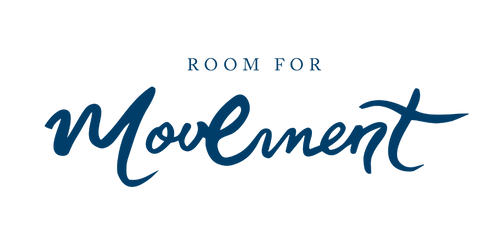‘What is the core?’, ‘What is core strength?’, ‘How do I strengthen my core?’ All huge hits on Google…. here’s some handy info to cover all three….
What I’m addressing today is a question we sometimes hear from new movers who've come from large group classes or a gym environment where they've been instructed to ‘pull in your abs’, ‘brace your core’, or ‘engage’ before every movement… but what do these actually mean?
The ‘cues’ are perceived differently by different people: our idea of what the abdominals are and what their role is, is shaped by many things- what we’ve read, seen and heard in the world around us- and no one person is the same.
What does it feel like for you to “engage your abs”? Would you know precisely which muscles you were using and what to feel for? Would your answer be the same as mine, or the persons next to you in a class? Probably not.
Usually when we’re hearing these cues the intention of the teacher is to cue your deepest layer of abdominal muscle- your Transverse Abdominis, these are a source of stability for your trunk. But… as a teacher of movement for over a decade, with thousands of hours working with people on a one on one basis, I truly believe that in a group fitness environment, at best these kind of cues are close to ineffective, and at worst they can be harmful- especially if adopted as a movement pattern on a long term basis. The outcome is often just tension, and where there is tension, there is load, and you better believe that 'load'- has got to go somewhere (in my experience usually down into the pelvic floor, or up into the shoulders and neck.)
When an instructor doesn’t have a well stocked biomechanical toolbox, these cues are thrown around because it’s generally accepted that Pilates is ‘good for core strength’ and so as teachers we must talk about the abdominals and core at every opportunity. But contrary to popular belief- our job is not to talk about abdominals, or even ‘the core’. Our job is to create an environment for your body in which your core musculature spontaneously reacts to the physical demands in life that is to say that muscle contraction should be automated, not controlled through conscious thought.
Still with me?
Do we really have the headspace to think ‘abs on’, ‘core in’, ‘tighten waist’ whenever we pick something up? Forever? For the rest of our lives? Women are far too busy for that. And besides, you don't pick the shopping up and think "tighten bicep" before you lift.
SO… how do we integrate ‘abdominal work’ into our teaching without directly telling clients to "engage”. Language and a solid knowledge of biomechanics is the shortest answer I can give. Let me elaborate just a little:
First we cue the bones- muscles essentially move bones closer to and further away from one another, hey act around a joint to create movement, so by cueing say, "forearm to upper arm" we know you'll have to use your bicep to get there, but it's a very different feeling to "tighten your bicep", right? (If we're in the personalised environment and don’t get what we want from the first cue then we'll opt for something different, maybe “drop your elbow down and you pull your hand up”, I could go on and on.)
Second, we put the body into positions with different kinds of support, load, feedback and levers that will allow us to get the abdominals working need for conscious control- and this is where anatomy, biomechanics, and strong comprehensive Pilates training comes in handy!
Before I wrap up, I have to say that there are occasions in the personalised environment when I might use very specific abdominal cueing for individuals- if we’ve determined that other strategies are not quite getting us the outcome we need, the language used would be individual to the person, and wouldn’t (even vaguely) resemble the cues I’ve mentioned above, AND after a time we’d gradually remove the need for cues by training the body and brain to work spontaneously in response to the exercise, the load, and the environment.
What Can I do with this information?
Well if you’re a teacher using these tighten/pull/tense/grip style cues for the core/abdominals then it might be time to think about how you can integrate bony cues into your teaching. And if you’re a mover- I guarantee, that 99% of the time you hear these tighten/pull/brace/tense/grip cues in a large group environment you can probably ignore them and get just as good, if not a better movement experience without them- and you should most definietly not be moving through everyday tasks ‘pulling your abs in’ or ‘tightening your waist’ to improve pain or function.
See you on the mat!
Rachael




